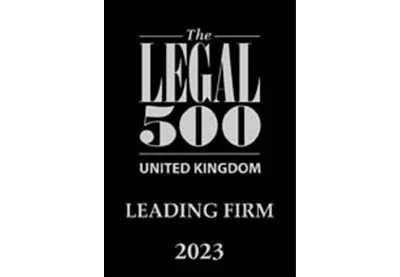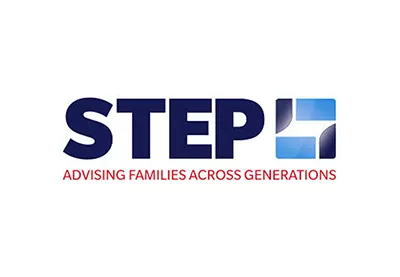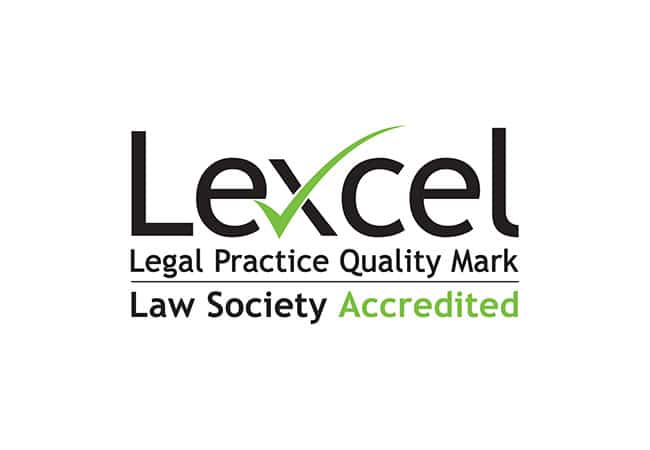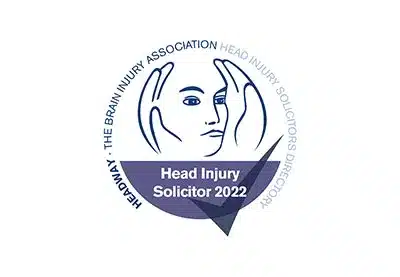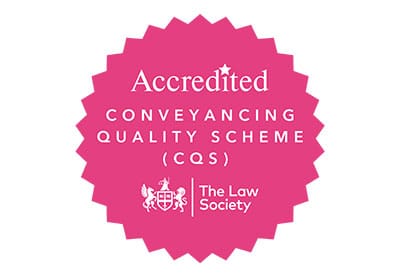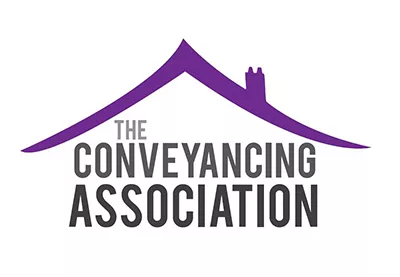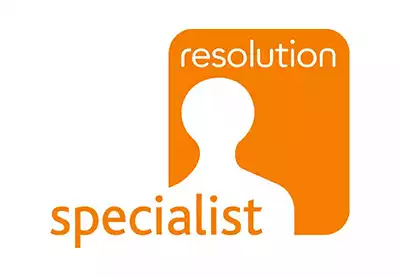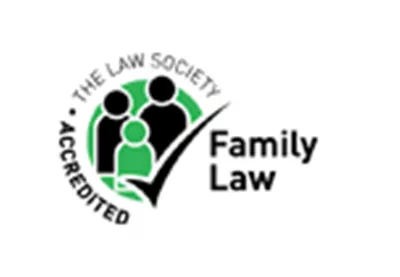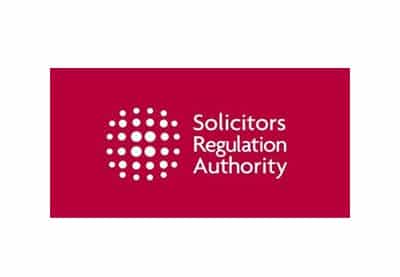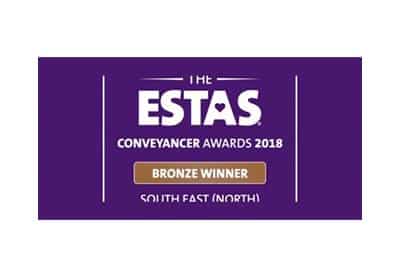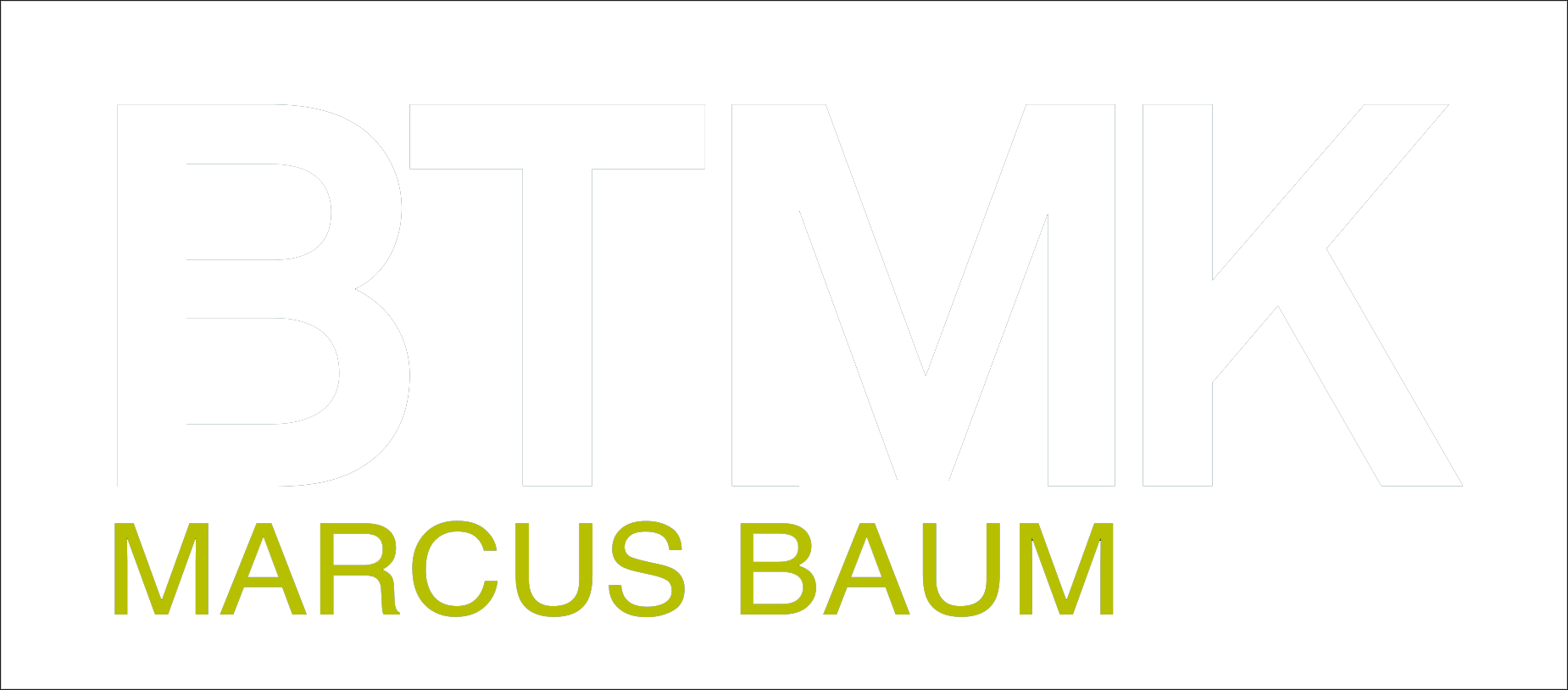Right of Light Solicitors
Are you planning a new development, for example a housing estate or a block of flats? Or perhaps an extension to existing property? Do you own a property near to other property or land which is being developed?
If you’re planning a development or living next to one, it’s important to understand how legal rights of light could affect your plans or property.
At BTMK, our expert solicitors help developers, homeowners, and commercial landlords handle right of light claims, defences, and disputes with clarity and care.
We work closely with specialist Right of Light Surveyors, to achieve the best possible outcome for you. That could include, for example, an appraisal of any financial exposure you may have or the likelihood of you obtaining damages.
BTMK Solicitors, has also been recognised as a top 250 law firm in The Times’ Best Law Firms Report 2025, for their high-quality legal services.
It’s the second year in a row and the report specifically references BTMK’s litigation & dispute resolution team which specialises in commercial and contract disputes, inheritance, wills and probate disputes, insolvency & employment law, as well as personal injury and clinical negligence work.
What Is a Legal Right of Light?
A right of light is a form of easement, giving a landowner the right to receive light through defined openings in buildings, usually windows. If uninterrupted light has passed through a window for more than 19 years and 1 day, then the owner of that window may have acquired a legal right of light under the Prescription Act 1832.
If your neighbour builds a structure which affects the light through that window, this could give rise to a legal claim. You may be able to either prevent that structure from being built or claim damages from your neighbour for the ‘injury.’
A reduction in light is not simply about sunlight or views but whether the remaining light transmitted falls below what is considered a reasonable level for the space in question.
When Do Right of Light Issues Arise?
You might face a right of light issue if:
- You are developing a new housing estate, block of flats, or commercial property near existing buildings
- You are planning an extension that brings your building closer to neighbouring properties
- A new development is going up near your home or commercial premises
In each of these situations, it is important to assess whether any neighbouring properties have acquired a legal right of light, and whether your building plans could interfere with those rights. Conversely, if a neighbouring build is affecting your own property, you may have grounds to object or seek damages.
What Are Your Options If a Right of Light Exists?
If a right of light has been established and any development interferes with it, the affected party may be able to:
- Seek an injunction to prevent the build or force a redesign
- Claim compensation for the injury to their light
If you’re on the receiving end and a neighbouring structure is affecting your light, you may have the same rights: the option to stop the development or pursue financial redress.
Right of Light Claims – Support for Injured Parties
Defending a right of light claim might involve:
- Challenging the length or continuity of light access
- Arguing that the impact does not reduce light below acceptable levels
- Demonstrating that the claimant delayed taking action (acquiescence or waiver)
- Offering compensation as an alternative to stopping the development
You should seek legal advice at an early stage to understand your position, particularly whether you’d need to serve or defend a Light Obstruction Notice.
Under the Rights of Light Act 1959, a Light Obstruction Notice (LON) allows a property owner or developer to stop neighbours from acquiring a prescriptive right to light through continuous use. By lodging a LON with the relevant authority, the landowner effectively “obstructs” the light for legal purposes, creating a formal claim that prevents neighbours from establishing a right to that light after 20 years of unobstructed access.
Choosing BTMK to Defend Your Rights
When a neighbouring build threatens to dim your home or premises, you need swift, decisive action.
Our disputes team moves first to protect your position, coordinating class leading right of light surveyors to model the true impact on your rooms and produce clear evidence that supports your case. With that foundation, we press for an immediate pause where appropriate, including urgent applications for interim injunctions to suspend works while your rights are properly taken into account and a fair solution is reached.
We focus on practical outcomes. Using expert analysis and valuations, we negotiate hard for the right remedy, redesigns that preserve your light, sensible set-backs or cut-backs to the proposal, or compensation that genuinely reflects the injury. Where the stakes are high or time is short, we bring in leading Barristers and KCs to sharpen strategy, test likely award ranges, and, if needed, push for alterations to the development itself. Throughout, you’ll have a clear plan, firm deadlines, and measured escalation if the other side drifts or delays.
You’ll have depth on your side from day one. We combine specialist technical input with experienced litigation and negotiation to keep pressure on the developer while keeping your costs proportionate and progress transparent. Whether you’re a homeowner, freeholder, or building owner, our team gives you the leverage and clarity you need to move quickly and secure the best achievable outcome.
If a LON is registered as a local land charge and remains unchallenged for 12 months, the neighbouring owner’s accrued prescriptive light rights are reset. They cannot establish a right to light for at least another 20 years.
In practice, developers may use this tool strategically, to flush out potential claimants before construction begins, or to preserve maximum development flexibility.
However, LONs carry procedural requirements and risks.
Formal notice of intent must be served on all parties with an interest in the affected property, as must any challenge to a registered LON.
It’s vital to get legal and technical advice.
The Right of Light Specialists at BTMK
At BTMK, our solicitors collaborate with specialist right of light surveyors, who use advanced modelling and technical expertise to assess light levels. Whether you’re making a claim or responding to one, our team will:
- Help you understand your legal position, the risks involved, and what rights the adjoining owner may hold
- Advise you on practical strategies, such as negotiation, redesign, or issuing a light obstruction notice
- Guide you through all stages of resolution, including negotiations, mediation, or court proceedings if required
Depending on the circumstances, our support could include:
- Negotiating a settlement or deed of release with the affected party.
- Modifying development plans or design to preserve acceptable light levels.
- Defending your position firmly if blocking or settlement isn’t warranted, keeping delay and cost to a minimum.
Speak to Our Team Today
Right of light disputes can stall developments and create costly problems if not handled early. If you’re developing, extending, or affected by a neighbouring build, contact our team for clear, practical advice tailored to your situation.



